Building a product with generative AI is complex. First, you must understand how to leverage the technology to enhance your offering and user experience. Next, you must seamlessly integrate it into your existing product or a new solution version. This is where AI integration tools come in. This article will explore AI app development tools and how they can help you add generative AI capabilities to your product to boost innovation, functionality, and user experience.
One valuable resource is Lamatic's generative AI tech stack. It comes with everything you need to integrate generative AI into your product, including customizable templates, APIs, and documentation.
What are the Types of AI Integration?

AI integration involves embedding intelligent systems into business processes to:
- Automate tasks
- Enhance operational efficiency
- Enable data-driven decision-making
This has been revolutionary for various operations. Since the term AI is thrown around so much in general, with the most common being robots, the mass public still isn't aware of the various types of AI integrations.
Here, we help you better understand the types of AI integrations today. Of course, there are too many for us to cover here, so we’ve narrowed it down to the 7 most popular types of AI integrations:
1. Assistive AI: Your Smart Helper
As the name suggests, this type of AI integration is designed to assist users with tasks. Nevertheless, AI does not take full control; it merely works as a support and enhancement tool for human actions. This type of integration spans a wide range of applications, from something as complex as assisting individuals with disabilities to something as simple as improving workplace efficiency.Simple examples of this type of AI integration are spell checkers, recommendation systems, and personal virtual assistants that suggest actions based on user behavior and preferences. A more complex example would be Babylon Health, which is AI-powered to provide medical advice to patients based on the symptoms reported and help them decide when to seek medical attention.
2. Augmentative AI: AI That Helps You Get Your Job Done Better
Augmentative AI, also known as Augmented Intelligence, refers to AI systems designed to enhance and not replace human capabilities. Working alongside humans, these systems help to improve:
- Decision-making
- Productivity
- Overall performance across various domains
There are AI tools that help analysts gain insights into large datasets while helping them identify trends quickly. This enables analysts to make informed decisions promptly, eliminating human errors, and allows professionals to focus on bettering their strategic planning.
For example, Salesforce Einstein uses AI to analyze customer data, predict sales trends, and recommend actions to improve customer engagement.
3. Autonomous AI: The Self-Driving Car of AI
Autonomous AI involves integrations of systems that can independently operate without humans. AI can perform tasks and make decisions independently, learning from its environment and adapting to new situations.
This is done through advanced algorithms and machine learning. The masses most commonly know this type of integration in the form of self-driving cars. Nevertheless, it can be found across various industries, from manufacturing robots to environmental data. For example, Siemens Digital Factory integrated AI that manages and optimizes assembly lines. This means that the system (AI) can adapt to the different types of products being manufactured, from adjusting settings to automatic workflows that allow the factory to move back and forth between manufacturing various products quickly and efficiently.
4. Embedded AI: AI on Your Device
Embedded AI is when the AI technology is installed directly into the hardware or software of the device or application you’re using to perform tasks without needing to rely on external sources like cloud-based computing. A simple example is AI chips in smartphones or other devices that allow these devices to run faster with better processing capabilities, even offline. Take the Apple Watch, for example; embedded AI enhances health monitoring capabilities, making it an excellent tool for personal health management. The Apple Watch has an ECG sensor that can monitor heart rate and rhythms and detect falls through the advanced accelerometer and gyroscope sensors that detect any changes in motion and orientation.
5. Conversational AI: The Chatty Kind of AI
This is the most popular type of AI integration known by the masses. This is when AI is integrated in the form of chatbots, virtual assistants, or interactive voice response systems. Most people use these in the form of Siri, Alexa, Google Assistance, the world's three most famous virtual assistants.
Conversational AI is built to step in as a customer service agent handling customer queries, raising support tickets to human agents only when the issue gets more complex. Another example of conversational AI is Facebook Messenger Bots, which businesses use to interact with customers to answer questions, book appointments, and promote their products. Here, Facebook uses natural language processing or NLP to train the AI to understand the user inputs and appropriate responses.
6. AI-Driven Automation: The New Automation
AI-driven automation uses AI to automate tasks, processes, and decision-making. It is used across all industries to help improve efficiency, accuracy, and scalability, help reduce the need for human intervention, allow them to focus on more critical areas, and reduce the human errors that could occur. Here’s an example: BMW uses a computer vision system powered by AI to inspect car parts for defects during production. Here, the AI is trained with many high-precision images (datasets) that show defects, enabling the AI to scan the car parts and identify these flaws.
7. Predictive Analytics: The Fortune Teller of AI
This type of AI integration uses historical data to predict future outcomes. It is beneficial and very much in use in today's world of retail. It is also used in other fields, such as finance, to carry out risk assessment, health care, to predict diagnostics, or even to forecast energy consumption.Companies utilize this type of AI integration, predictive analytics, to forecast the energy demand. Using machine learning models through the analysis of past consumption patterns, weather forecasts, and even economic indications, companies can then predict the amount of energy needed and how they will be able to optimize the supply for it.
Related Reading
- Fine Tuning AI Models
- Artificial Intelligence in Web Applications
- How to Integrate AI Into an App
- AI API Integration
- How to Fine Tune GPT
- How to Use AI in an App
- How to Integrate ChatGPT Into an App
- How to Integrate AI Into Smart Home Application
16 Best AI Integration Tools to Streamline GenAI Deployment
1. Lamatic: The Smart Way to Get Started with Generative AI Integration
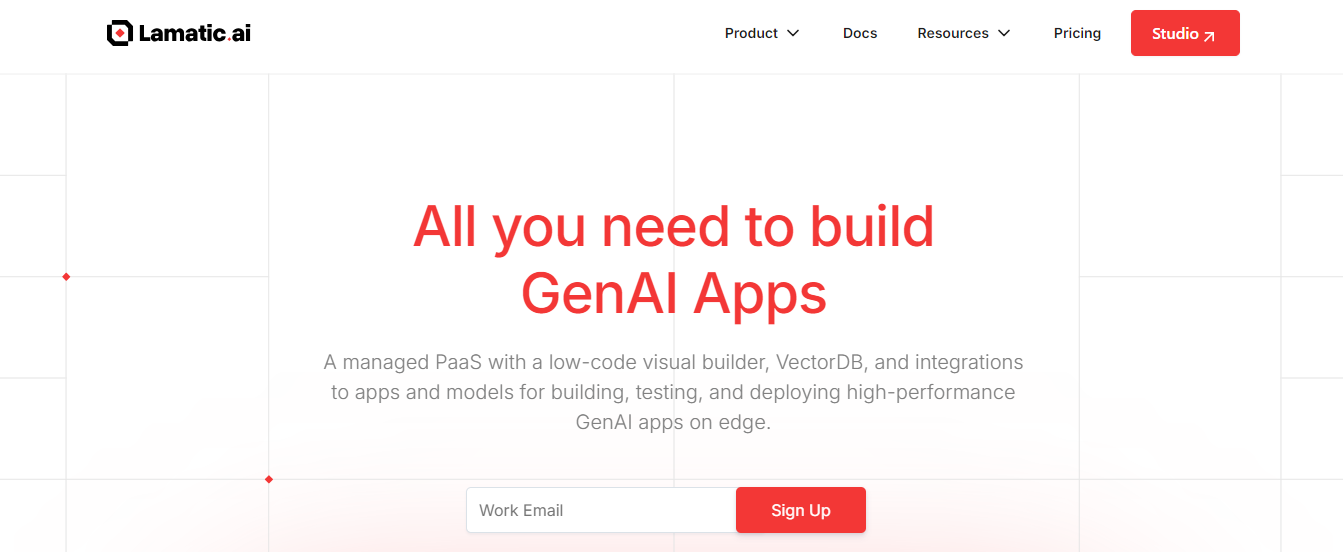
Lamatic offers a managed Generative AI tech stack that includes:
- Managed GenAI Middleware
- Custom GenAI API (GraphQL)
- Low-Code Agent Builder
- Automated GenAI Workflow (CI/CD)
- GenOps (DevOps for GenAI)
- Edge Deployment via Cloudflare Workers
- Integrated Vector Database (Weaviate)
Lamatic empowers teams to rapidly implement GenAI solutions without accruing tech debt. Our platform automates workflows and ensures production-grade deployment on edge, enabling fast, efficient GenAI integration for products needing swift AI capabilities.
Start building GenAI apps for free today with our managed generative AI tech stack.
2. Apache NiFi: A Powerful Open-Source Tool for Data Processing
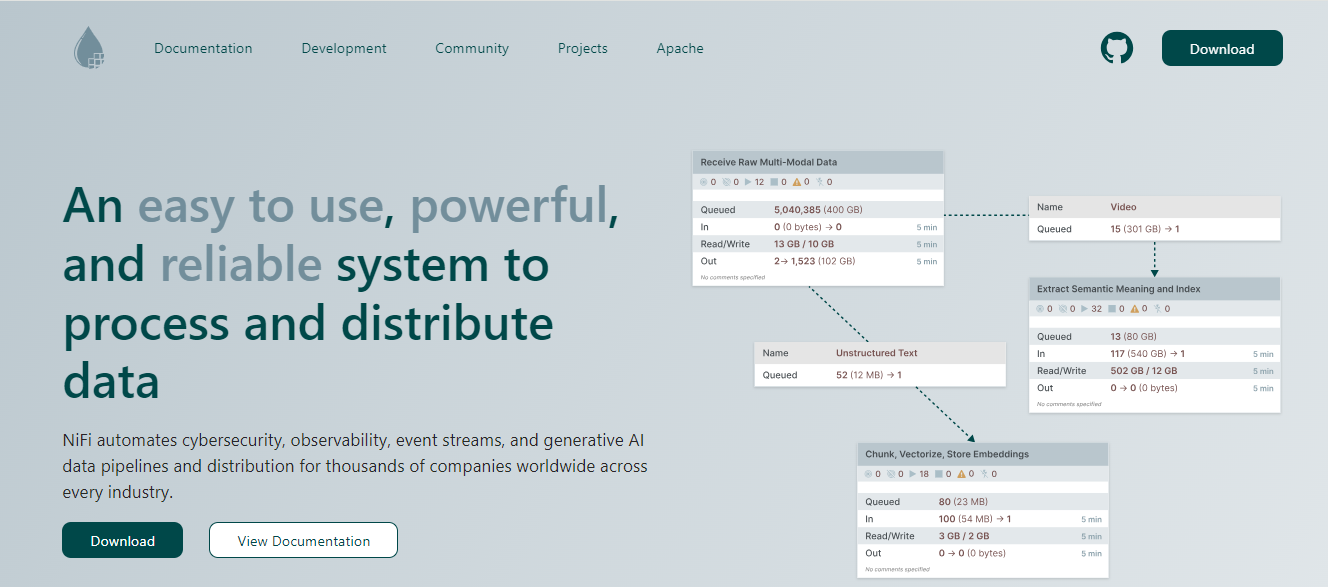
Apache NiFi is renowned for its robust capabilities in handling real-time data flows, data routing, and transformation. Its user-friendly, web-based interface allows users to create and manage data flows effortlessly. Key features include:
- Real-time data processing (supports data ingestion from various sources)
- Data provenance (tracks data flow and transformations)
- Extensibility (easily integrates with other systems and tools)
3. Apache Airflow: The Gold Standard for Data Orchestration
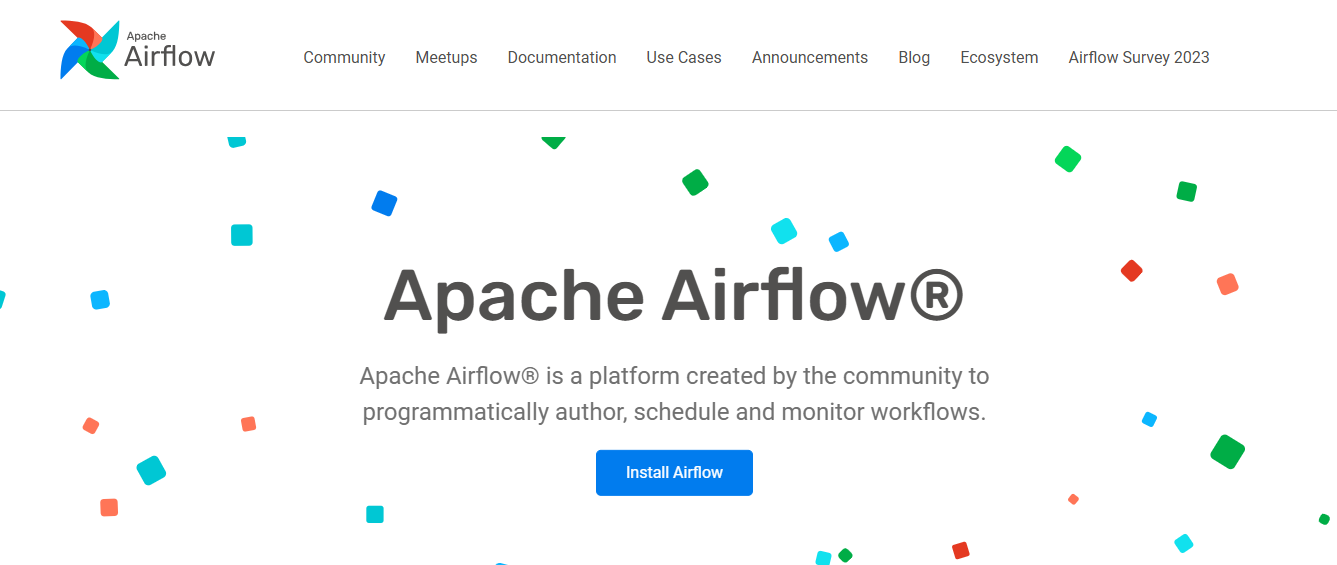
As the most popular data orchestration tool, Apache Airflow excels in scheduling, automating, and monitoring data pipelines. Its powerful web interface and extensive community support make it a go-to choice for many organizations. Notable aspects include:
- Dynamic pipeline generation (allows for complex workflows)
- Integration capabilities (works seamlessly with tools like Apache Kafka and NiFi)
- Scalability (suitable for both small and large data workflows)
4. Luigi: A Simple Tool for Building Data Pipelines
Luigi is a lightweight Python library designed for building complex data pipelines. It allows users to define task dependencies and run tasks in parallel, making it ideal for processing large datasets. Nevertheless, it lacks some advanced features in Airflow, such as:
- Built-in scheduling
- Error handling
Key points include simplicity (easy to set up and use for smaller projects) and task dependency management (clearly defines relationships between tasks).
5. Prefect: A Modern Approach to Data Pipeline Management

Prefect is another open-source Python library that enhances data pipeline management. It offers an intuitive UI for monitoring and debugging and the ability to define task dependencies. While it is more advanced than Luigi, it still does not match Airflow's feature set.
Highlights include a user-friendly interface (simplifies monitoring and debugging processes) and parallel task execution (efficiently manages multiple tasks simultaneously).
6. TensorFlow: Open-Source AI Framework for Deep Learning
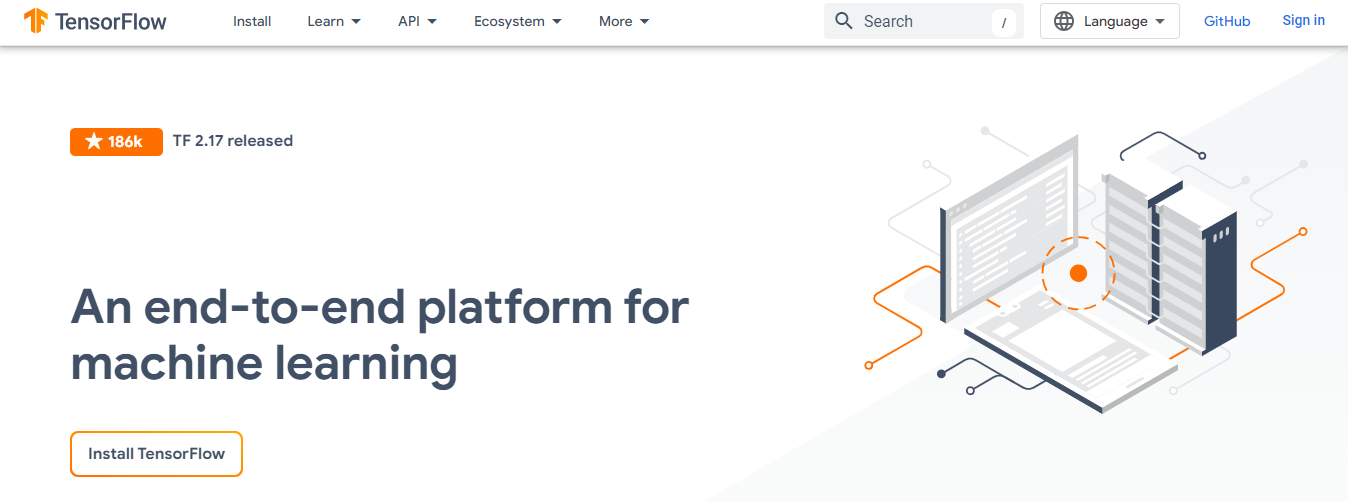
TensorFlow, an open-source AI framework developed by Google, is a powerhouse for deep learning and machine learning tasks. It offers:
- Robust ecosystem of tools
- Libraries
- Community resources that facilitate AI integration
TensorFlow's flexible architecture allows you to deploy models to various platforms, including mobile devices, web applications, and IoT devices.
7. IBM Watson: AI Tools for Building Intelligent Apps
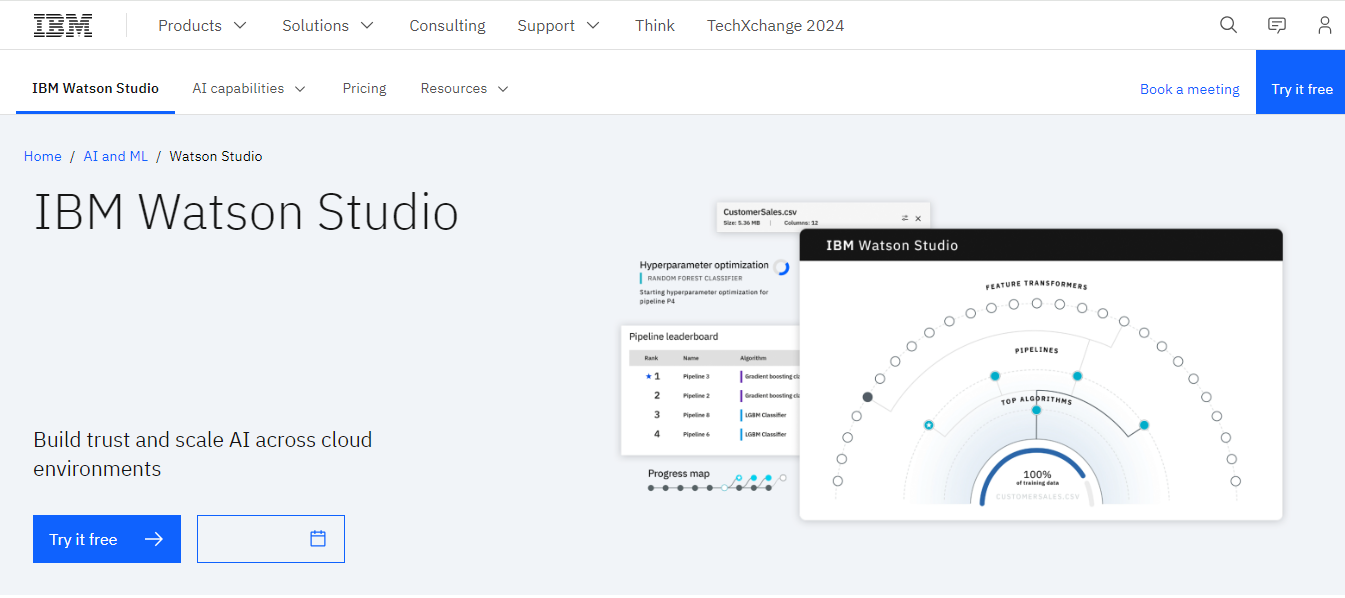
IBM Watson offers AI-powered tools that enable natural language processing, computer vision, and data analysis. Watson's APIs can be integrated into applications to add functionalities like:
- Language translation
- Sentiment analysis
- Chatbot capabilities
8. Microsoft Azure AI: Comprehensive AI Integration Services

Microsoft Azure AI provides comprehensive tools for integrating AI capabilities into software applications. Azure Cognitive Services offers pre-trained models for vision, speech, language, and decision-making tasks. Azure Machine Learning empowers developers to build, train, and deploy machine learning models at scale.
9. Amazon AI: AI Services for Every Use Case
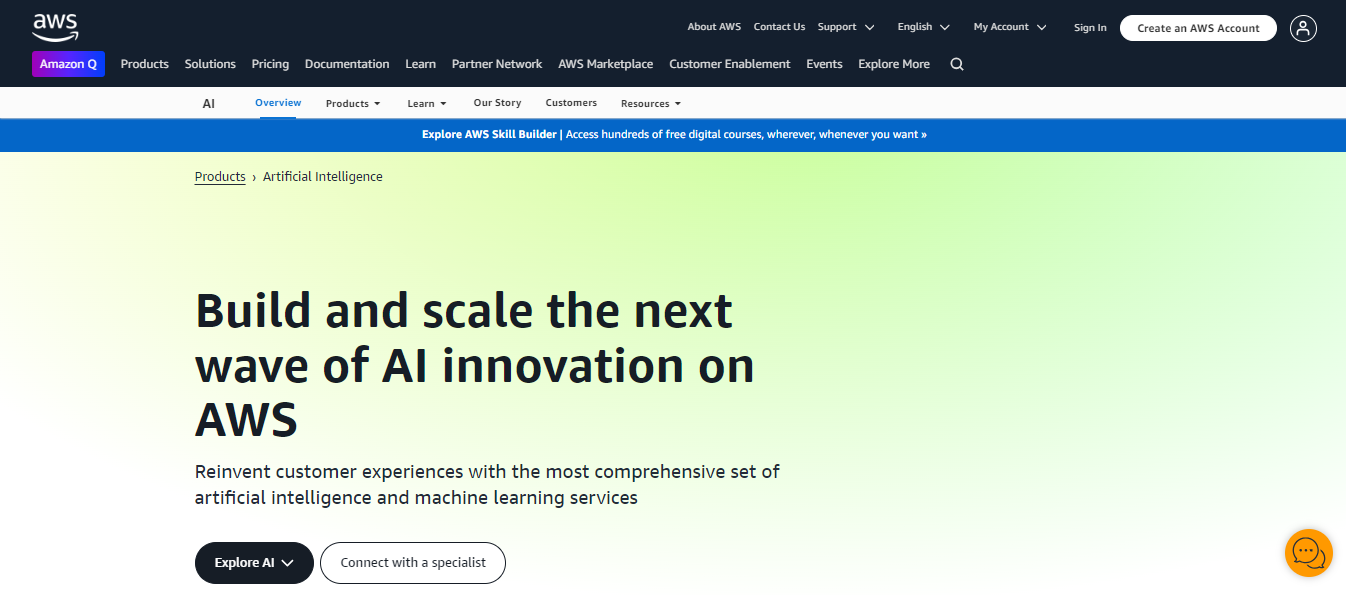
Amazon Web Services (AWS) offers a wide range of AI services under Amazon AI. Amazon Lex facilitates the development of conversational interfaces (chatbots) for applications. Amazon Rekognition enables image and video analysis, while Amazon Polly offers text-to-speech capabilities.
10. Dialogflow: The Go-To Tool for Conversational AI
Dialogflow, owned by Google, specializes in natural language understanding and enables the creation of conversational application interfaces. It's beneficial for building chatbots and voice assistants that can understand and respond to user inputs.
11. Wit.ai: Create Apps That Understand Human Language
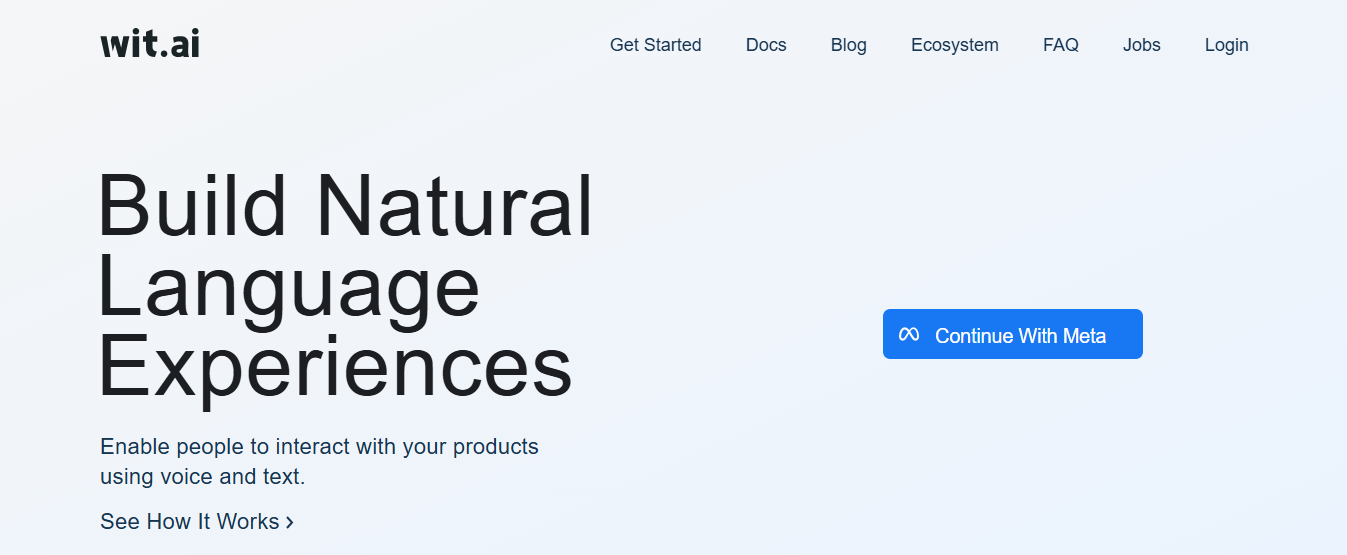
Wit.ai, acquired by Facebook, is a user-friendly platform for building natural language interfaces. It enables developers to create applications that understand and interpret human language, making it suitable for chatbots, voice-controlled apps, and more.
12. OpenAI: A Suite of AI Models for Integrating Language Capabilities Into Apps
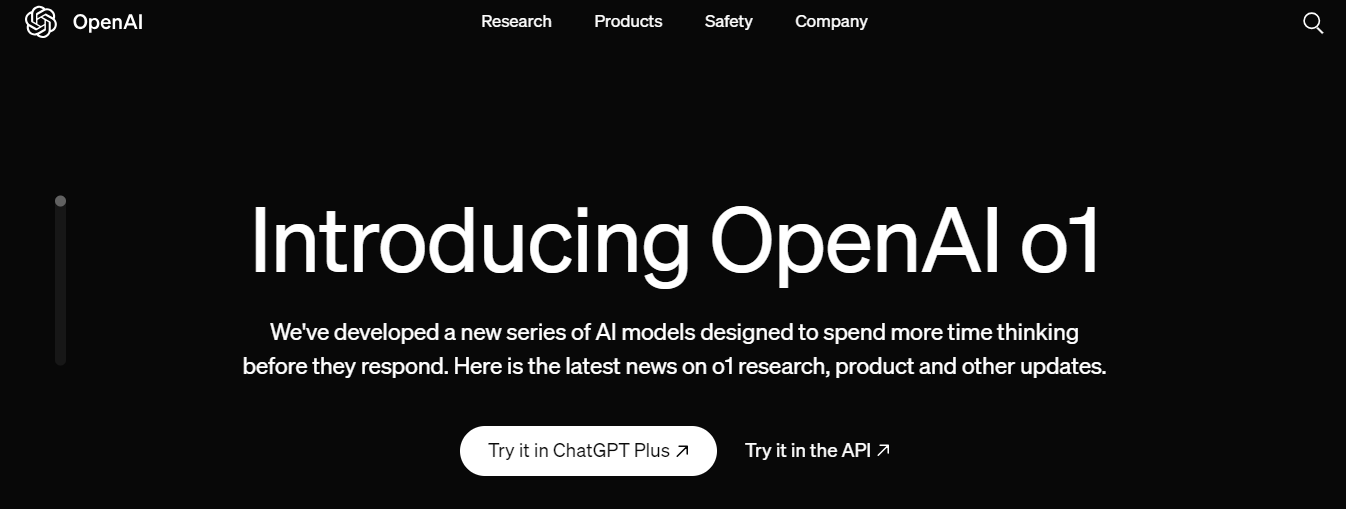
OpenAI offers a suite of AI models and tools, including the popular GPT (Generative Pre-trained Transformer) models. These models can generate human-like text and be integrated into applications for tasks like content generation, language translation, and more.
13. H2O.ai: Automated Machine Learning for Business
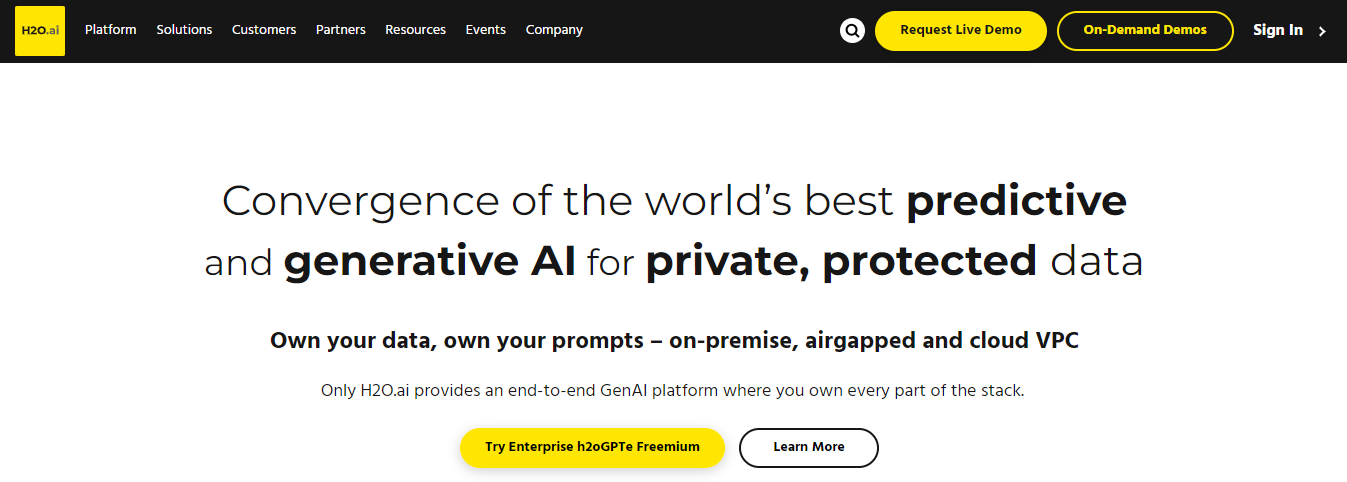
H2O.ai masters in AI and machine learning for companies. The H2O platform offers autoML (automated machine learning) capabilities that streamline the model-building process. It's particularly useful for organizations integrating AI-driven insights into their applications.
14. RapidAPI: A Marketplace for APIs
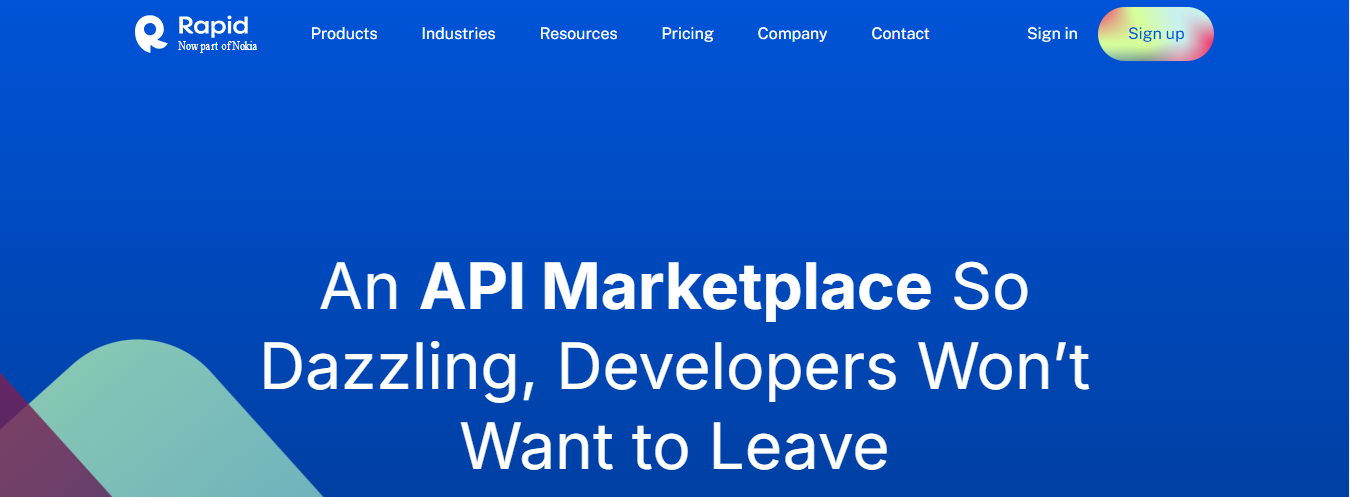
RapidAPI is a platform that connects developers with a wide range of APIs, including AI-related APIs. It acts as a marketplace where you can discover, test, and integrate APIs into your applications, saving time and effort in development.
15. Algorithmia: Deploying and Managing AI Models Made Easy
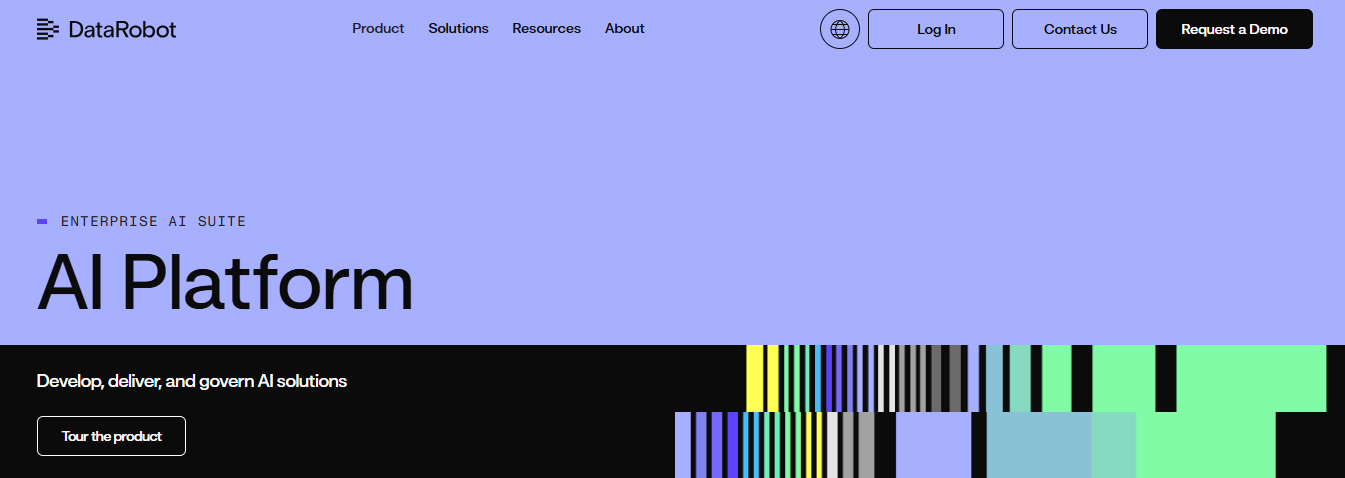
Algorithmia provides a platform for deploying and managing AI and machine learning models as scalable APIs. This tool allows you to easily integrate AI functionalities into your software applications without extensive infrastructure management.
16. Salesforce Einstein: AI for Customer Relationship Management
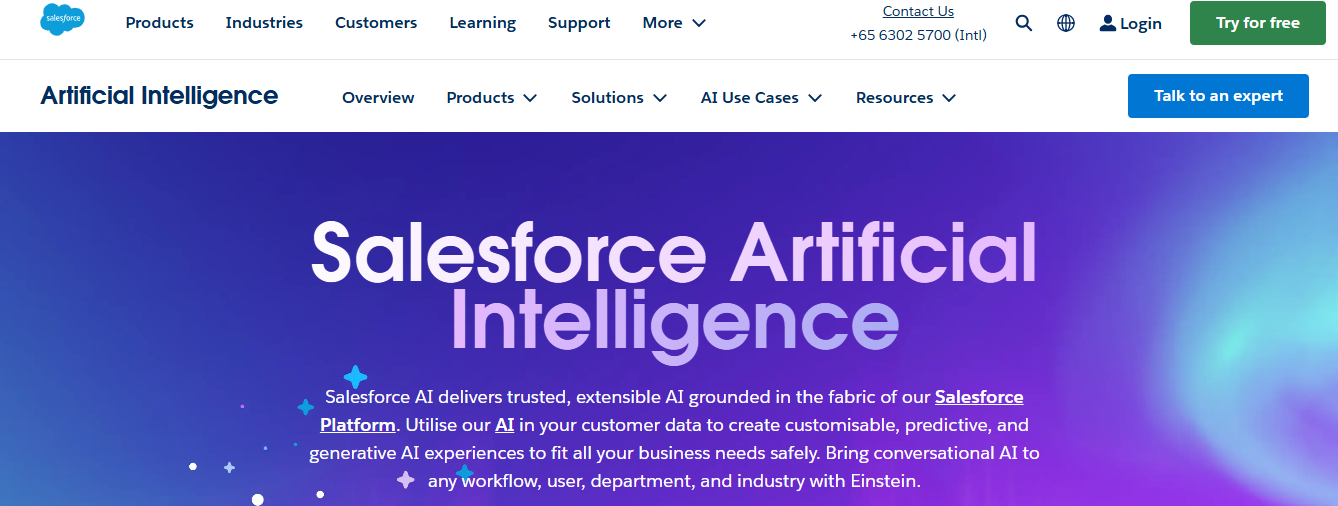
Salesforce Einstein is an AI-powered platform for customer relationship management (CRM) applications. It offers AI-driven insights and predictions that can be integrated into your software to enhance user experiences and provide data-driven recommendations.
Related Reading
- List of Generative AI Tools
- Create Your Own AI Application
- Generative AI Applications
- How to Build AI Software
- ChatGPT Integration Services
- Custom ChatGPT Integration Services
- AI Integration Services
- Best Generative AI API
- AI Integration Strategies
- Best AI APIs
- Benefits of APIs
Choosing the Right AI Integration Tool

Finding the right AI integration tool starts with functionality. You want to choose a tool that aligns with the AI capabilities you need to integrate. Some tools specialize in language processing, while others focus on image analysis or predictive modeling.
If you are looking for a way to integrate AI into your app, there’s a good chance you already know what kind of AI you want to work with.
For instance, if you want to add chatbot features to your application, you should look for integration tools specializing in natural language processing. On the other hand, if you want to analyze and make predictions based on user data, you should consider tools that can help you implement predictive modeling.
Ease of Use: Consider Your Team's Expertise
Evaluate the ease of use of different AI integration tools. In particular, consider your team’s expertise. Some tools provide drag-and-drop interfaces for building AI functionalities, while others require coding expertise. If you don’t have much experience with AI, look for tools that allow for easy implementation, even if you have no prior experience. These will allow you to seamlessly add AI capabilities to your application without spending much time learning how the technology works. Even if you have some experience with AI, you’ll want to consider user-friendly options.
Scalability: Prepare for Growth
When selecting an AI integration tool, ensure the platform can scale as your application’s demands grow. This is especially important if you anticipate a large user base or data volume. For example, if you’re developing a healthcare application, there’s a good chance you’ll need to analyze large datasets to make predictions and improve patient outcomes.
As your user base grows, the volume of data you will be working with will likely grow as well. Choosing an AI integration tool that can handle such growth will ensure you don’t run into performance issues down the road.
Community and Support: Don’t Go It Alone
AI integration tools can be complex. Opt for tools with an active community, documentation, and customer support resources. A strong community can provide assistance and guidance when needed. If you run into trouble, you don’t want to be alone.
Integration Flexibility: Check Compatibility with Your Existing Stack
Before you commit to an AI integration tool, check whether the tool can seamlessly integrate with your existing tech stack. It should work well with your programming languages, frameworks, and platforms. If there are compatibility issues, implementing the tool might not be worth the time and resources.
Cost Considerations: Evaluate Pricing Structures
Evaluate the pricing structure of AI integration tools. Some tools offer free tiers with limited functionalities, while others require subscription fees based on usage. Look for a tool that aligns with your budget and will allow you to scale as your application grows.
Related Reading
- Filestack Alternatives
- Amazon Lex Alternatives
- DeepBrain AI Alternatives
- Clarifai Alternatives
- Wit.ai Alternatives
- DeepAI Alternatives
- Anthropic API vs OpenAI API
- Anthropic API vs Claude
Start Building GenAI Apps for Free Today with Our Managed Generative AI Tech Stack
Lamatic provides a managed generative AI tech stack. Our solution automates the complexities of implementing generative AI, enabling teams to build and deploy applications for their products quickly and efficiently. With Lamatic, engineering teams can avoid the pitfalls of technical debt and ensure production-grade deployment for their generative AI applications.
Start building GenAI apps for free today with our managed generative AI tech stack.
Key Features of Lamatic
Lamatic's managed generative AI tech stack includes:
- Managed GenAI Middleware: Our middleware helps applications communicate and integrate with the generative AI models and APIs, so you can easily connect your application to powerful AI capabilities.
- Custom GenAI API (GraphQL): Lamatic’s custom APIs enable fast and efficient communication between your application and the GenAI model, ensuring optimized performance for your end users.
- Low Code Agent Builder: Quickly create and customize intelligent agents that can perform tasks and answer questions for your application with Lamatic’s low code agent builder.
- Automated GenAI Workflow (CI/CD): Lamatic automates generative AI workflow to ensure seamless integration, rapid deployment, and ongoing performance optimization for your application.
- GenOps (DevOps for GenAI): With Lamatic, you can implement DevOps for your generative AI applications to streamline workflows and improve team collaboration.
- Edge deployment via Cloudflare workers: Deploy your application’s AI capabilities closer to your users for faster performance and improved user experience.
- Integrated Vector Database (Weaviate): Lamatic has a built-in vector database to help you store and manage your application’s AI data for optimal performance.
Why Use Lamatic?
Lamatic empowers teams to rapidly implement generative AI solutions without accruing technical debt. Our platform automates workflows and ensures production-grade deployment on edge, enabling fast, efficient GenAI integration for products needing swift AI capabilities.





